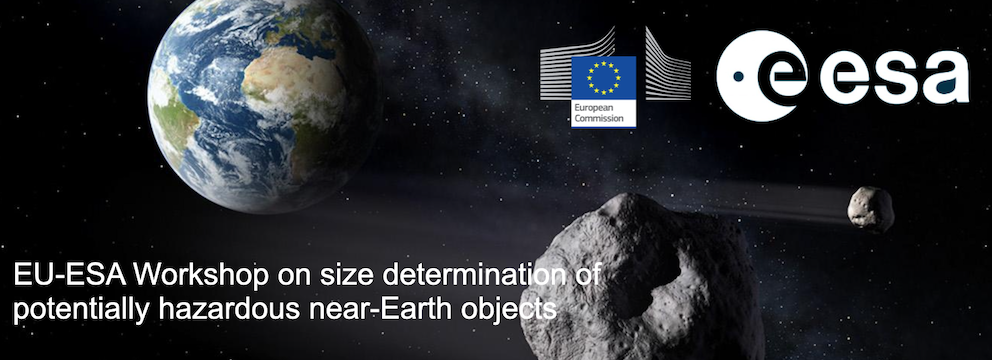Speaker
Description
The WISE/NEOWISE mission detected ~3000 near-Earth objects (NEOs) over the course its survey from late 2009 to July 2024. From these data, it is possible to obtain measurements of their physical properties, including effective spherical diameter and visible geometric albedo. Roughly 2000 objects in the sample were detected by the automated moving object pipeline, enabling a robust estimate of the size-frequency and orbital element distributions of the population. Here, we present the latest results from these data now that the NEOWISE mission has concluded its survey. NEOWISE has demonstrated the ability to discover and characterize NEOs in near-real time using a space-based telescope.
These results inform the design of the next generation mission, the Near-Earth Object Surveyor. Unlike WISE/NEOWISE, NEO Surveyor is explicitly designed with the goal of discovering, cataloging, and characterizing the majority of potentially hazardous near-Earth asteroids large enough to cause severe regional damage if they were to impact the Earth. The mission consists of a 50-cm telescope operating at two infrared wavelengths, 4-5.2 and 6-10 um, and will survey from its vantage point at the Sun-Earth L1 Lagrange point. Launching in late 2027, NEO Surveyor should significantly improve our understanding of the small body populations in the inner solar system. We present the NEO Surveyor mission design and describe its expected performance for discovering and characterizing near-Earth asteroids.

